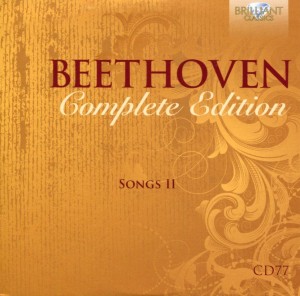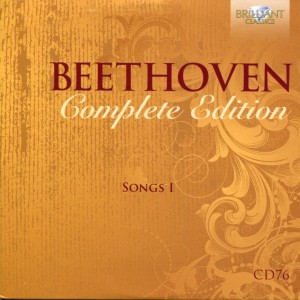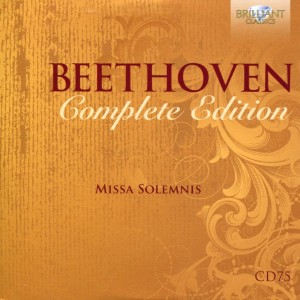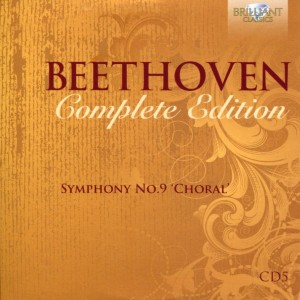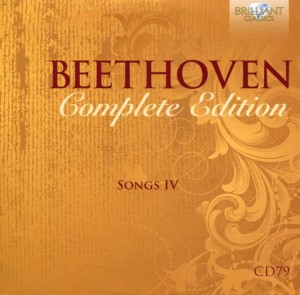 The incomparable Peter Schreier is back on Songs IV.
The incomparable Peter Schreier is back on Songs IV.
And he sounds wonderful, easily one of the best tenors I’ve ever heard in my life.
Even when he’s singing a slow, emotional song (“Auf dem Hugel sitz ich, spahend” – the first movement of An Die Ferne Geliebte Op. 98) – in German (which to me sounds absolutely hilarious), he’s still amazing.
But, boy, what a voice he has.
He could probably sing the white pages of a phone book (do they still make those?) and it would sound compelling.
And, by the way, “An die ferne Geliebte” means “To the distant beloved.” So, I was right. It is an emotional song. The song has its own Wiki entry:
An die ferne Geliebte (To the distant beloved), Op. 98, is a composition by Ludwig van Beethoven written in April 1816. It is considered to be the first example of a song cycle by a major composer.
Beethoven’s only song cycle was the precursor of a series of followers, including those of Franz Schubert, Robert Schumann and Carl Loewe. The setting is for a man’s voice (usually tenor) with piano. The title page of the original edition (S. A. Steiner, Vienna) bore a dedication with permission to Fürst Joseph von Lobkowitz, Duke of Raudnitz, a leading Austrian musical patron, in whose palace the Eroica Symphony was first performed in 1804; Beethoven also dedicated the six string quartets, Op. 18, the Eroica Symphony, Op. 55, the Triple Concerto, Op. 56, the C minor Symphony, Op. 67, the Pastoral Symphony, Op. 68, and the String Quartet, Op. 74 to him.
The text was written by a physician named Alois Isidor Jeitteles, probably at Beethoven’s request. Then aged 22, Jeitteles published several short poems, economic in style, in Viennese magazines or almanacks, particularly ‘Selam’ and ‘Aglaja’, and was making his name by it. He was an active, selfless young man who later distinguished himself by working tirelessly for his patients during a dreadful cholera epidemic and mortality in Brno. Beethoven had already explored inward feelings of longing in his setting of Matthisson’s Adelaïde, but in these poems the distance from the beloved is greater, the longing is more intense and stormier, and is no longer satisfied with merely the sound of her name, but is preoccupied with the clawing pain of separation which colours the whole surrounding landscape.
Somewhere along the way, I must have Googled Peter Schreier. But I think it’s time Continue reading

